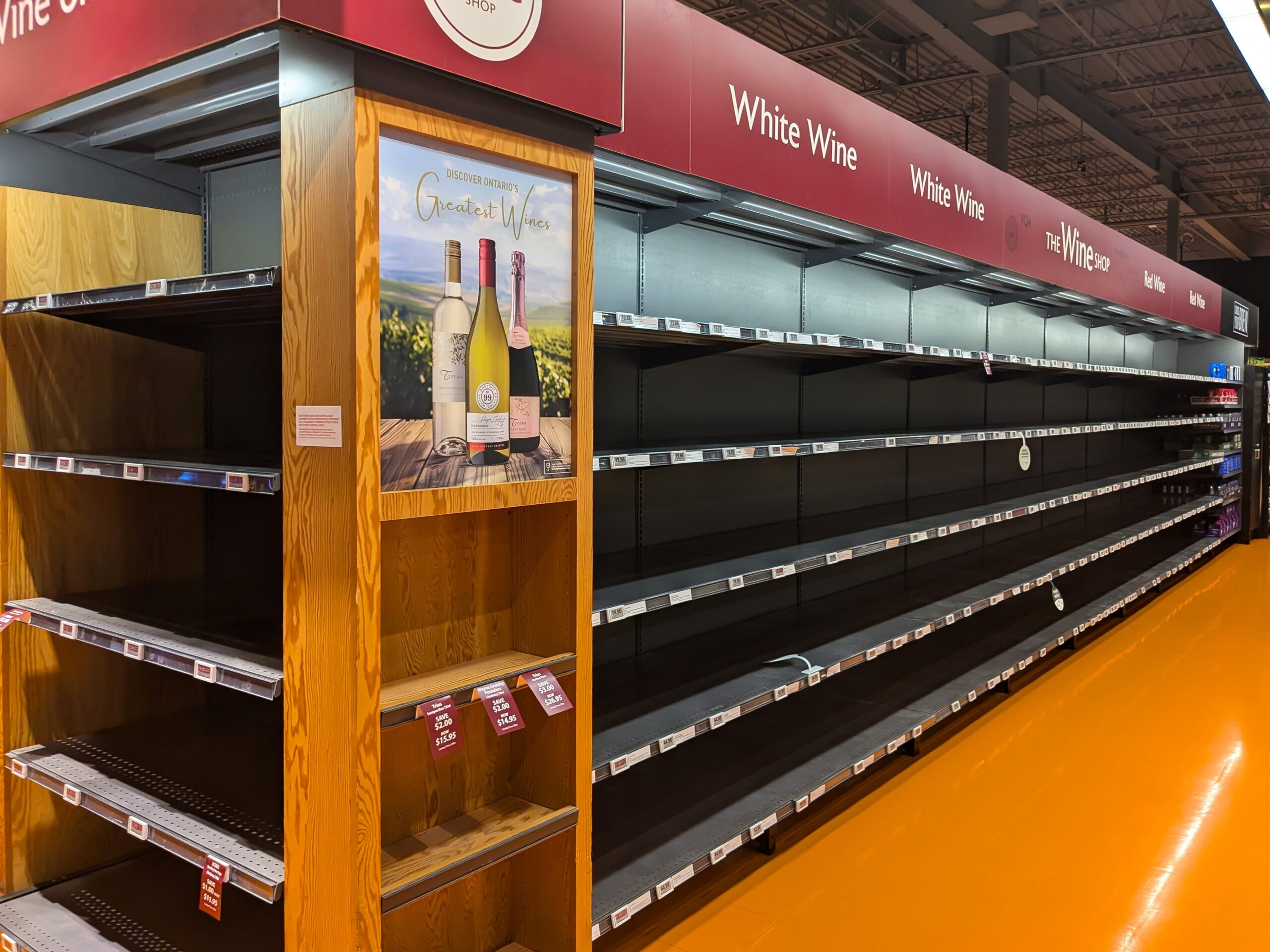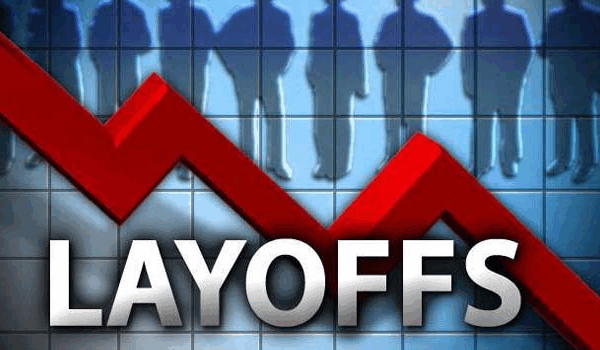Q: Trump is threatening to impose tariffs on imports from Mexico and Canada and boost tariffs on imports from China. Are those countries really going to pay the tariffs?
A: No. You are. A tariff is a tax, masquerading as a higher price. Tariffs will appear to you and to me as inflation[1]. Remember that inflation had been falling for the last 2 or 3 years[2]. Now it’s going to start rising.
Q: So, Trump’s tariffs turn out to be higher taxes disguised as higher prices. How does that work?
A: Importers bring goods (think products, parts, food, and raw material) into the US from elsewhere. As the goods arrive, those importers pay tariffs based on the import price (think wholesale price). For example, as an American car manufacturer imports parts from Canada to build a new car, those parts will cost 25% more due to the Trump taxes. The manufacturer might absorb some of that tax bite but you can count on American car prices rising by thousands of dollars. Car manufacturers will raise their prices to dealers and dealers will raise their price to you. The new taxes will affect every good that crosses the border from Canada, China, and Mexico. [3]
Q: Couldn’t importers just absorb the price difference and leave me alone?
A: Perhaps, but don’t count on it. In some cases where a foreign and an American producer compete on price, computer memory chips are an example, the foreign producer might offset the tariff by reducing their price just to hold onto their business. So yes, it’s possible to absorb some of the cost of a tariff and reduce the impact on you, the consumer. Historically, that sort of generosity has been rare. Tariffs flow through to consumers as higher prices.
Q: But this sort of tax is fair, right? Won’t it affect everyone equally?
A: No. A tariff is a regressive tax that affects lower-income households more than it affects higher-income households[4]. Lower-income households spend more of their income on goods like food and gas. In 2024, the US imported about $49 billion worth of agricultural products from Mexico (25% tariff)[5] and about $128 billion in crude oil and natural gas from Canada (25% tariff)[6]. That will hurt families who must watch their food and gas budgets.
For example, a family of four at the poverty level ($31,812 a year[7]) probably spends 13.8% of their income on food[8], about $4,400 a year. Imagine that Elon Musk earns 314,346 times the poverty level, or $10 billion a year[9]. He’s unlikely to spend 13.8% of that ($1.38 billion) on food. A 25% tariff on food imported from Mexico could be devastating to the family and unnoticeable to Mr. Musk.
Chester County families are not immune. A 2022 survey found 6% of Chester County households living in poverty. Another 23% were struggling to meet the cost of living in the county, characterized as Asset Limited, Income Constrained, Employed (ALICE) households. ALICE households and households in poverty exist throughout the county, in every township.[10]
Q: Well, darn. It looks like higher prices are headed our way. Is there any other bad news?
A: Yes. Mexico, Canada, China and any other country Trump imposes tariffs on will likely retaliate by imposing their own tariffs on American goods and they’ll vigorously search for alternative sources. We’ve already seen American wine and whiskey pulled from Canadian liquor store shelves. For example, if Canadians and Mexicans avoid American products and buy from China, the US companies will shed worldwide market share, revenue, and jobs.
Q: TLDR?
A: Trump’s tariffs are a tax disguised as higher prices that you pay. Tariffs affect low-income households much more than they affect wealthy households. American businesses will suffer as other countries retaliate with boycotts and their own tariffs. Expect rising inflation and rising unemployment.
[1] CNN, “Trump ups the ante on tariffs”
[2] US Bureau of Labor Statistics, “Consumer Price Index: 2024 in review”
[3] Council on Foreign Relations, November 2024, “What Are Tariffs?”
[4] Peterson Institute For International Economics, “Tariffs Hit Poor Americans Hardest”
[5] AP, “Here are some goods in the crosshairs of Trump’s tariffs on Mexico, Canada and China”
[6] Trading Economics, “United States Imports from Canada of Mineral fuels, oils, distillation products”
[7] US Census Bureau, “Poverty Thresholds”
[8] USA Facts, “What does living at the poverty line look like?”
[9] Wikipedia, “Wealth of Elon Musk”. No, Elon Musk doesn’t get a W2 reporting $10,000,000,000 income. But his net worth has increased from $21 billion at the start of 2021 to over $400 billion at the end of 2024, an average increase of roughly $95 billion a year. It’s not Income, technically speaking, but the point remains: even with inflation due to Trump’s higher taxes, Mr. Musk will not have to choose between paying for dinner and paying for heat.
[10] United for ALICE, “ALICE in Chester County – 2022 Point-In-Time Data”




